Corsair Performance Series Pro (256GB) Review
by Kristian Vättö on May 14, 2012 9:10 AM EST- Posted in
- Storage
- SSDs
- Corsair
- Marvell
- Corsair Performance Pro
Corsair Performance Pro: Packaging and Internals
Corsair Performance Series Pro comes in a compact cardboard box. The box is smaller than most SSD packages I've seen, but it has everything that is necessary: 3.5" bracket, quick installation guide, mounting screws and of course the SSD itself. Unfortunately there is no cloning utility included, which is something you would expect from a high-end drive.
The chassis is made out of brushed metal like most SSDs are nowadays. It feels robust and very well built. Like 2.5" drives in general, the Performance Pro has height of 9.5mm and may hence not be suitable for all ultrabooks.
Heat dissipation is handled by 11 thermal pads: One for the controller, eight for NAND packages and two for DRAMs. The internal layout is a match with Plextor's M3.
From inside, the Performance Pro is identical to the Plextor M3. There are eight quad-die 32GB NAND packages (TH58TEG8D2HBA8C) on the PCB. As with the M3, the NAND is Toggle-Mode MLC NAND manufactured by Toshiba. The DRAM chips are from Nanya and there are two 256MB DDR3-1333 chips on the board. Thermal pads make photographing a bit more difficult since some residue is left on the surface of the chips, so my apologies if you can't see the markings clearly.
On the other side of the PCB, we find Marvell's 88SS9174-BLD2 controller, again exactly the same as used in Plextor M3. Is it just a coincidence that these two SSDs are so similar or is there a reason behind it? It's time to find out!
Plextor M3 Pro and M3 on the top and Corsair Performance Series Pro underneath the two
Neither Plextor or Corsair manufactures the drives they sell. Both companies buy their drives from Lite-On and if you take a look at Lite-On's M3S SSD, it seems a lot like Corsair's Performance Series Pro and Plextor's SSDs, doesn't it? That's why the hardware of the Performance Pro and M3 is the same—they come from the same plant. However, it should be kept in mind that hardware is only one part of the equation.
As you will see in our tests, the Performance Pro and M3 do not perform the same. This is due to firmware differences. Corsair uses a stock firmware provided by Marvell while Plextor has a whole R&D team dedicated to their SSD firmware development. In other words, Plextor uses an in-house firmware which is also the reason for differences in performance. Whether Plextor's firmware is a tweaked stock firmware or totally built from a scratch I don't know, but either way it's not the same as what Corsair uses.
The Test
| CPU |
Intel Core i5-2500K running at 3.3GHz (Turbo and EIST enabled) |
| Motherboard |
AsRock Z68 Pro3 |
| Chipset |
Intel Z68 |
| Chipset Drivers |
Intel 9.1.1.1015 + Intel RST 10.2 |
| Memory | G.Skill RipjawsX DDR3-1600 2 x 4GB (9-9-9-24) |
| Video Card |
XFX AMD Radeon HD 6850 XXX (800MHz core clock; 4.2GHz GDDR5 effective) |
| Video Drivers | AMD Catalyst 10.1 |
| Desktop Resolution | 1920 x 1080 |
| OS | Windows 7 x64 |


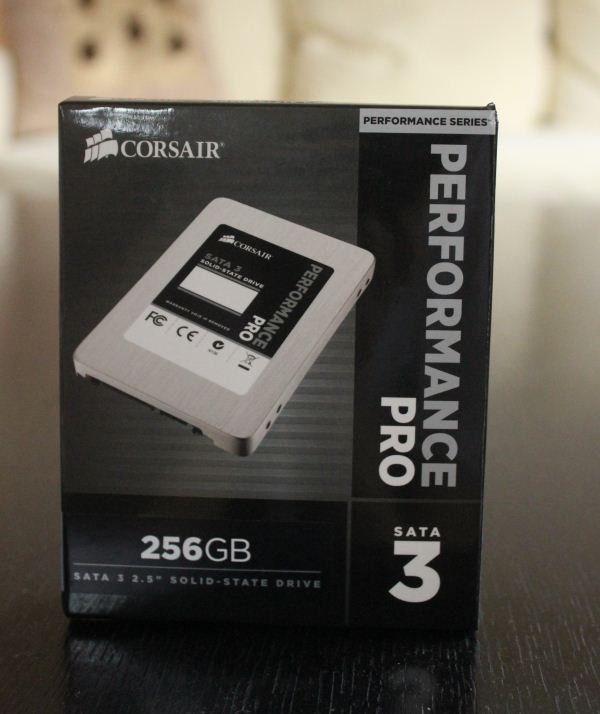
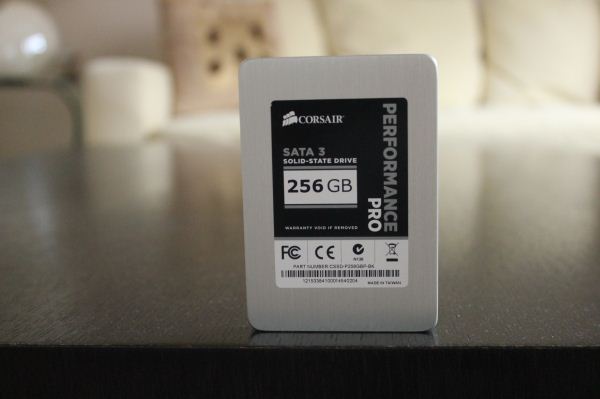
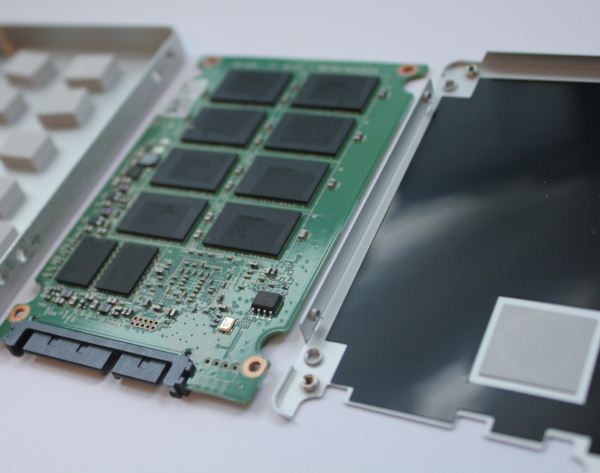
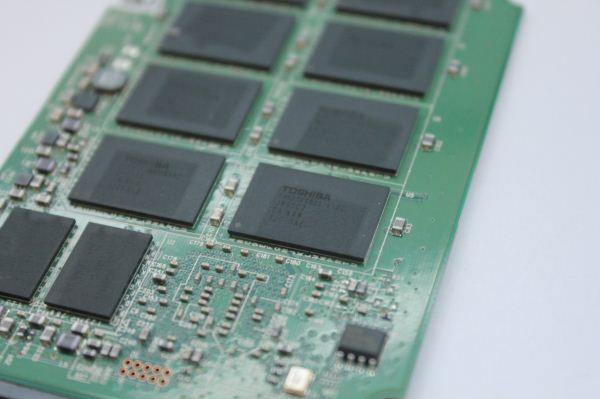
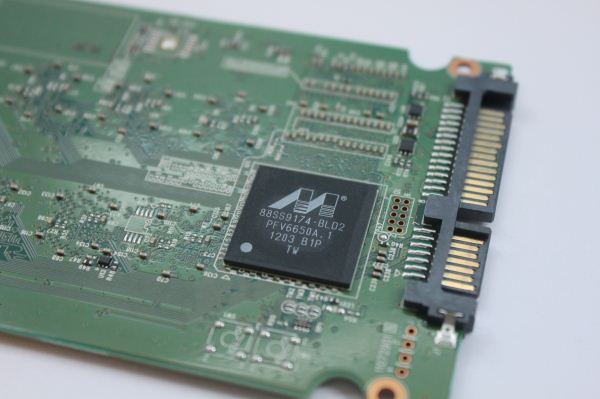
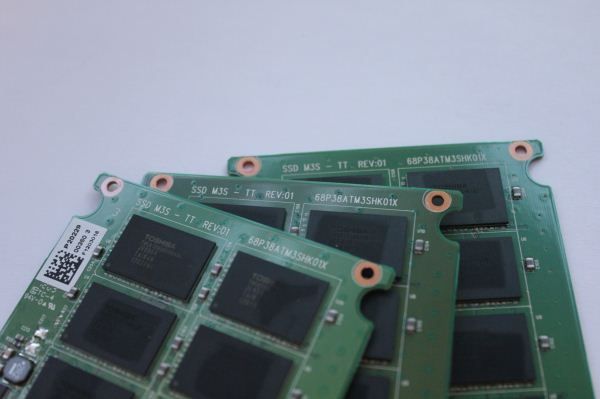








41 Comments
View All Comments
Kristian Vättö - Monday, May 14, 2012 - link
I've had Plextor M3 Pro for a couple of weeks now and review should be up next week at the latest. I didn't have all data yet so couldn't include it in the charts, plus it might have stolen the spotlight so I decided to save all data for a dedicated review.Mathieu Bourgie - Friday, May 25, 2012 - link
Any update on this? I'm dying to see a AT's review of the M3 Pro :Djwilliams4200 - Tuesday, May 29, 2012 - link
Well, "next week" has come and gone.I see that you have the M3P data in the benchmark database, but where is the review article?
Voldenuit - Monday, May 14, 2012 - link
Hi Kristian,Thanks for the review. Could AT please post the physical measurements of the drive? Some laptops are moving to the 7mm thick form factor and will not accept standard 9.5mm thick 2.5" drives.
Kristian Vättö - Monday, May 14, 2012 - link
It's 9.5mm thick, like most 2.5" drives. I added it to the article so it's no longer unclear :-)Voldenuit - Monday, May 14, 2012 - link
Thanks!How's that for awesome-fast service!
GrizzledYoungMan - Monday, May 14, 2012 - link
With the Samsung 830 going for nearly a dollar a gig at the critical 128 gig capacity, I really can't imagine why someone would buy a competitor's SSD. They're already way ahead of most on performance and reliability, for much less than the vast majority of alternatives.Interesting how that old Intel controller in the 320 is still kicking ass where it counts (random reads, latency, IOs at low queue depths). I really feel like most SSDs - all of them, really, besides the 830 and 320 - are designed more to score well in benchmarks than to meet the performance needs of desktop/workstation users.
Really glad we have Anand and his colleagues working on understanding this stuff.
zcat - Monday, May 14, 2012 - link
Indeed. I finally sprung for the 256G Samsung 830 last Friday, since it was on sale for only $235 w/ free shipping, and because it's still "best in class" overall. The Crucial m4 was a close 2nd choice due to its reliability rep as well, but the write speeds suffer a bit. (Thanks for the SSD comparison benches AT!)GrizzledYoungMan - Monday, May 14, 2012 - link
Trust me, you'll be really glad you didn't go for the M4. After my old Vertex (first gen, Indilinx! haha) was dying, I replaced it first with a 128gb M4, largely because of its reputation for reliability.Man, was that a mistake. I was on FW 0309 (which had been issued in a hurry to correct a BSOD issue created by the last FW update) and the thing had major issues. Stuttering, hanging, inability to resume from sleep and so on. The Windows event manager was lit up red like a Christmas tree, and this was with a fresh install on a Lynnfield based machine that worked beautifully with my old Vertex.
Turns out the thing had major, unacknowledged (outside of some hard to find forum posts) compatibility issues with Intel's RST an a number of power management features in Windows 7. I guess Intel and Microsoft are really obscure little companies whose products don't merit compatibility testing? Beats me.
zcat - Monday, May 14, 2012 - link
Hah. I'm also replacing a 1st gen OCZ Vertex. :)SMART says it has only 39% of its (writable) life left after about 2.5 years of use:
209 Remaining_Lifetime_Perc 0x0000 --- --- --- Old_age Offline - 39